Creating a beautiful garden doesn’t have to mean endless hours of pruning, watering, fertilizing, and weeding. In today’s fast-paced world, more and more homeowners are embracing low-maintenance gardens—landscapes that are not only aesthetically pleasing but also sustainable, drought-tolerant, and easy to care for.
Whether you’re a beginner gardener, a busy professional, or someone who simply prefers a laid-back approach to landscaping, choosing the right plants is the key to building a garden that thrives with minimal input. This article explores the best plants for a low-maintenance garden, offering a mix of perennials, shrubs, succulents, and ground covers that require little care but deliver big visual impact.
What Makes a Plant Low-Maintenance?
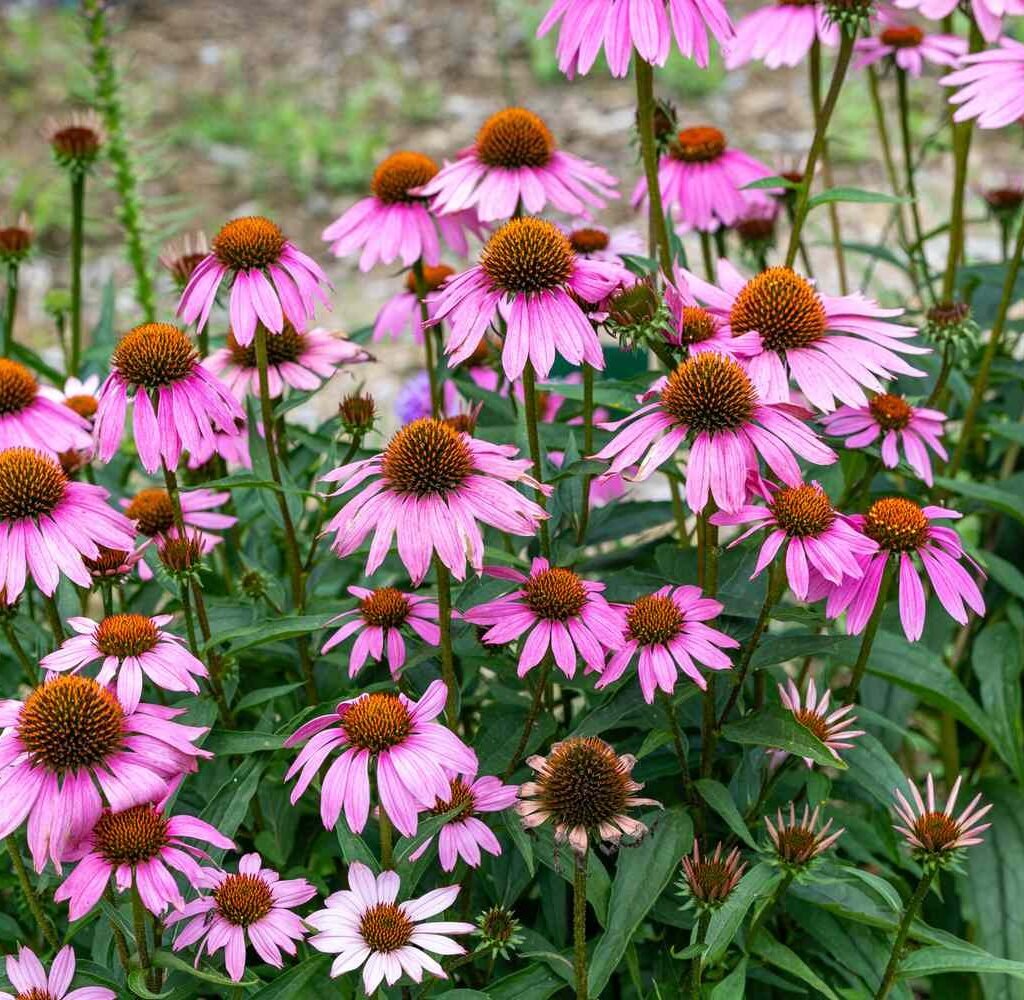
Before diving into plant selections, it’s important to define what “low-maintenance” actually means in the gardening context. Plants considered low-maintenance usually have the following characteristics:
- Drought Tolerance – Requires little or infrequent watering once established.
- Pest and Disease Resistance – Not prone to common plant problems.
- Minimal Pruning or Deadheading – Grows well without constant grooming.
- Self-Sustaining Growth Habit – Can thrive without regular fertilization or staking.
- Hardy and Adaptable – Tolerates a wide range of soil types and weather conditions.
Now, let’s explore the top plant picks that meet these criteria.
1. Lavender (Lavandula spp.)
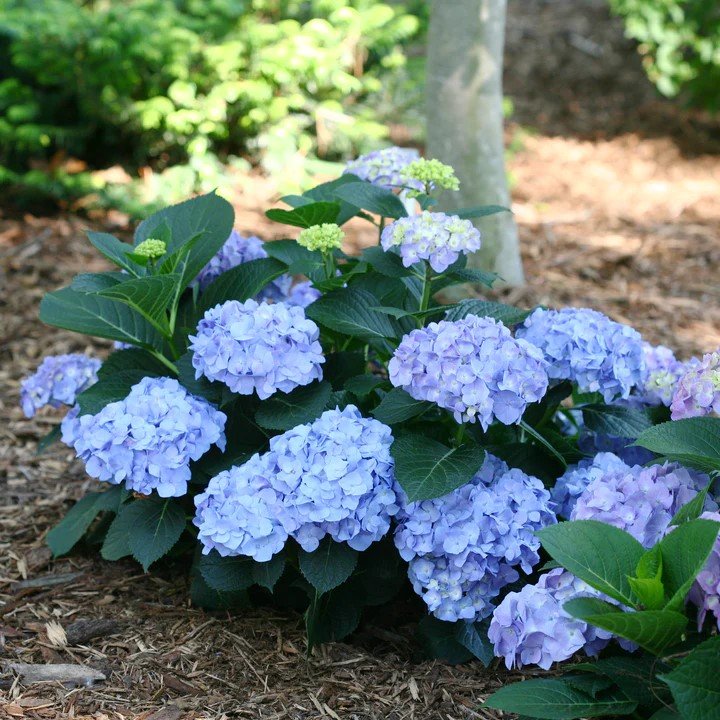
Type: Perennial Shrub
Ideal Conditions: Full sun, well-drained soil
Zones: 5–9
Why it’s low-maintenance:
Lavender is not only visually stunning with its purple blooms, but it’s also aromatic, deer-resistant, and highly drought-tolerant. Once established, it needs very little watering and can go years without fertilizer.
Maintenance Tips:
- Prune once a year after flowering to keep its shape.
- Avoid overwatering; too much moisture can cause root rot.
- Use it as a border plant or in containers for flexibility.
Bonus: Lavender attracts pollinators like bees and butterflies but repels pests like mosquitoes and moths.
2. Sedum (Stonecrop)
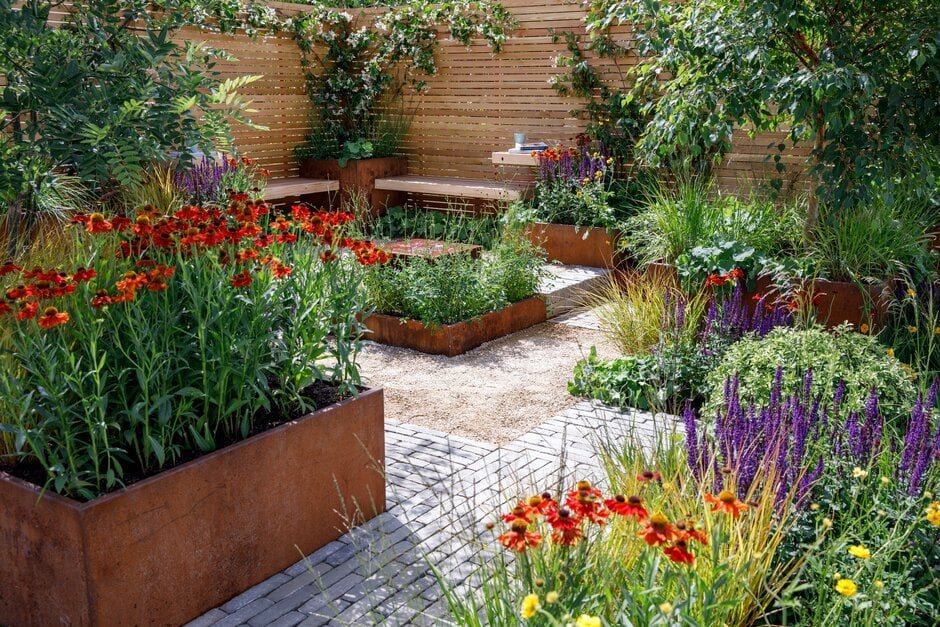
Type: Succulent ground cover or perennial
Ideal Conditions: Full sun to part shade, dry soil
Zones: 3–9
Why it’s low-maintenance:
Sedums are among the easiest plants to grow. These succulents store water in their leaves, making them exceptionally drought-tolerant. They thrive in poor soils and are rarely troubled by pests or diseases.
Top Varieties:
- Sedum ‘Autumn Joy’: Upright with pink blooms.
- Sedum spurium: Ground cover with colorful foliage.
- Sedum acre: Fast-spreading yellow-flowered mat.
Maintenance Tips:
- Requires little to no fertilization.
- Cut back dead growth in early spring for neatness.
- Excellent for rock gardens and borders.
3. Hostas
Type: Perennial (especially shade-tolerant)
Ideal Conditions: Partial to full shade, moist but well-drained soil
Zones: 3–9
Why it’s low-maintenance:
Hostas are beloved for their lush foliage and ability to fill shady spaces with texture and color. Once planted, they return reliably every year and require minimal care aside from occasional watering during dry spells.
Top Features:
- Comes in a variety of sizes and shades (blue, green, variegated).
- Resistant to most diseases.
- Pairs well with ferns and other shade plants.
Maintenance Tips:
- Mulch to retain soil moisture and reduce weeds.
- Divide every 3–5 years if clumps become too large.
- Watch for slugs in humid areas.
4. Coneflowers (Echinacea spp.)
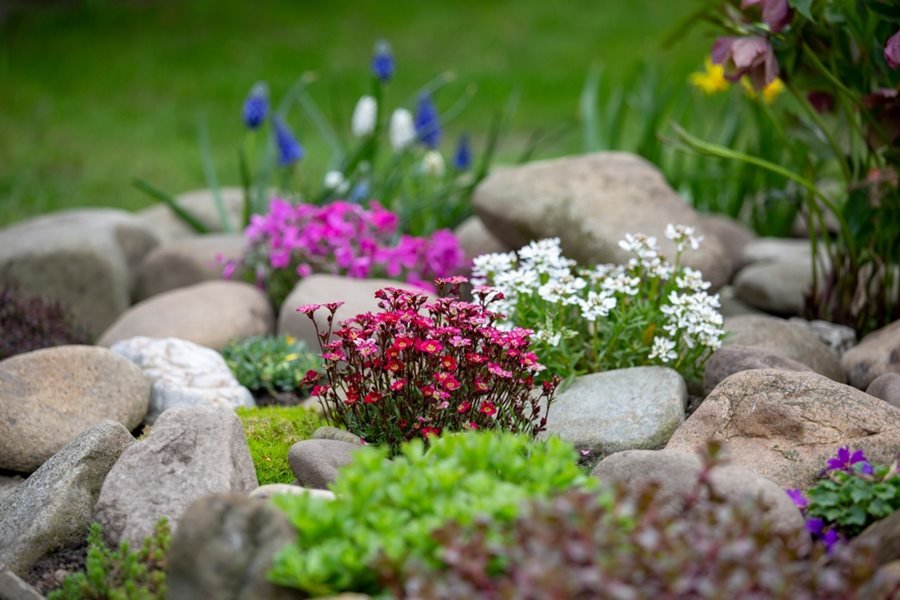
Type: Flowering perennial
Ideal Conditions: Full sun, well-drained soil
Zones: 3–9
Why it’s low-maintenance:
Echinacea is a native North American wildflower that tolerates drought, poor soil, and urban pollution. It blooms for months, attracts beneficial insects, and reseeds itself generously.
Popular Varieties:
- Echinacea purpurea: Classic purple petals.
- ‘Cheyenne Spirit’: Mix of red, yellow, and orange tones.
- ‘White Swan’: Elegant white blooms.
Maintenance Tips:
- Cut back spent flowers to encourage reblooming.
- Leave late-season seed heads for winter bird food.
- Excellent for cottage gardens and meadow-style landscapes.
5. Russian Sage (Perovskia atriplicifolia)
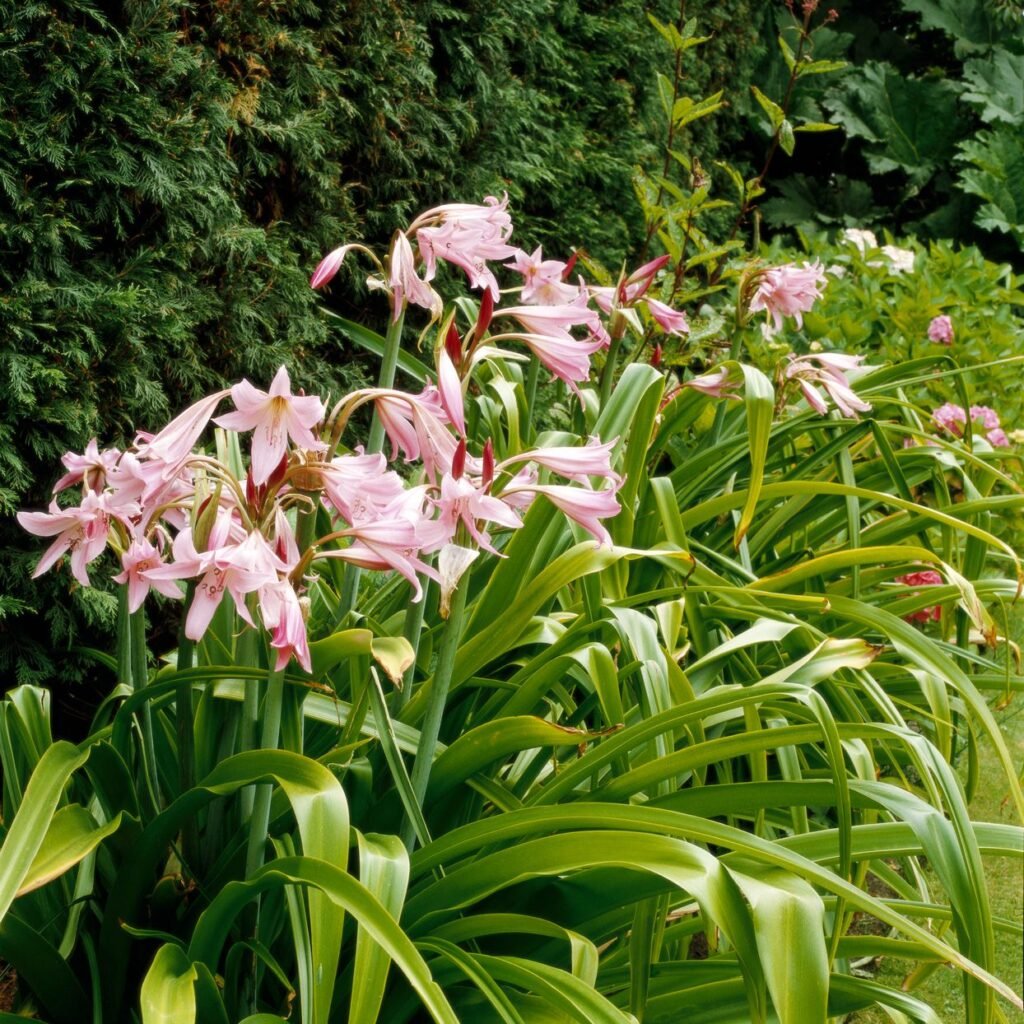
Type: Woody perennial
Ideal Conditions: Full sun, sandy or rocky soil
Zones: 4–9
Why it’s low-maintenance:
Russian sage produces long spikes of silvery lavender-blue flowers that bloom from summer into fall. It’s extremely drought-tolerant and pest-free, thriving in tough conditions.
Maintenance Tips:
- Cut back to 6–8 inches in early spring to promote fresh growth.
- Avoid heavy clay soils—this plant prefers excellent drainage.
- Looks great in mass plantings or paired with ornamental grasses.
6. Ornamental Grasses (Various Species)
Type: Perennial Grass
Ideal Conditions: Full sun to partial shade, average soil
Zones: Varies by species
Why they’re low-maintenance:
Ornamental grasses add movement, texture, and sound to the garden. Most require no fertilization, minimal water, and are deer-resistant. They come in a wide variety of shapes and colors.
Top Picks:
- Miscanthus sinensis (Maiden Grass): Tall and elegant.
- Pennisetum alopecuroides (Fountain Grass): Soft, feathery blooms.
- Festuca glauca (Blue Fescue): Compact and colorful.
Maintenance Tips:
- Cut back to the ground in late winter or early spring.
- Divide every few years to maintain vigor.
- Use as borders, backdrops, or standalone features.
7. Coral Bells (Heuchera spp.)
Type: Perennial
Ideal Conditions: Partial shade, moist but well-drained soil
Zones: 4–9
Why it’s low-maintenance:
With its vibrant foliage colors—ranging from lime green to deep burgundy—Heuchera offers year-round interest without the need for constant care. It’s also a great choice for shady spots and containers.
Maintenance Tips:
- Remove dead leaves in spring.
- Divide every 3–4 years if needed.
- Avoid overwatering; it’s more susceptible to root rot than drought.
8. Yarrow (Achillea millefolium)
Type: Perennial
Ideal Conditions: Full sun, dry soil
Zones: 3–9
Why it’s low-maintenance:
Yarrow is a tough-as-nails wildflower with ferny foliage and clusters of blooms in various colors. It’s drought-tolerant, self-sustaining, and a pollinator magnet.
Maintenance Tips:
- Deadhead spent blooms for extended flowering.
- Divide plants every few years to prevent overcrowding.
- Tolerates neglect and poor soils.
9. Creeping Thyme (Thymus serpyllum)
Type: Ground Cover
Ideal Conditions: Full sun, well-drained soil
Zones: 4–9
Why it’s low-maintenance:
This aromatic, low-growing herb forms dense mats that suppress weeds and tolerate foot traffic. It’s excellent between stepping stones or as a lawn alternative in dry areas.
Maintenance Tips:
- Requires no mowing.
- Minimal watering once established.
- Produces lovely pink-purple flowers in summer.
Design Tips for a Truly Low-Maintenance Garden
To maximize the benefits of low-maintenance plants, consider the following strategies:
1. Group Plants by Water Needs
Place drought-tolerant species together so you don’t overwater plants that prefer dry conditions.
2. Use Mulch Generously
Mulch retains moisture, suppresses weeds, and reduces the need for frequent watering.
3. Choose Native Plants
Native species are naturally adapted to your region’s soil and climate, making them more resilient and easier to care for.
4. Limit the Lawn
Grass requires frequent mowing and watering. Replace sections of lawn with ground covers or gravel for lower maintenance.
Conclusion: Beauty Without the Burden
Low-maintenance gardening doesn’t mean sacrificing beauty or diversity. With the right plant choices, you can create a dynamic, colorful, and environmentally-friendly landscape that essentially takes care of itself. By incorporating drought-resistant, pest-free, and self-sustaining species, your garden becomes a space of relaxation rather than obligation.
Whether you’re planning a new garden or looking to reduce the workload of an existing one, the plants listed above are proven performers that offer high impact for minimal effort. A low-maintenance garden is not just a dream—it’s a smart, sustainable reality.
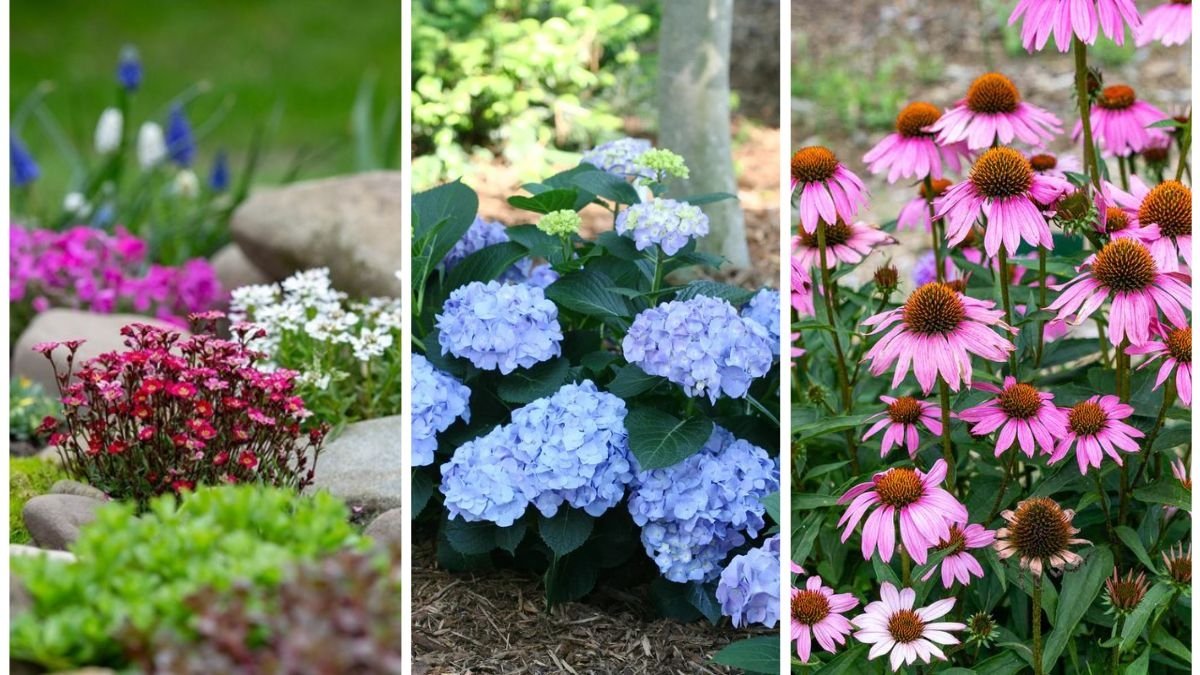
Leave A Comment